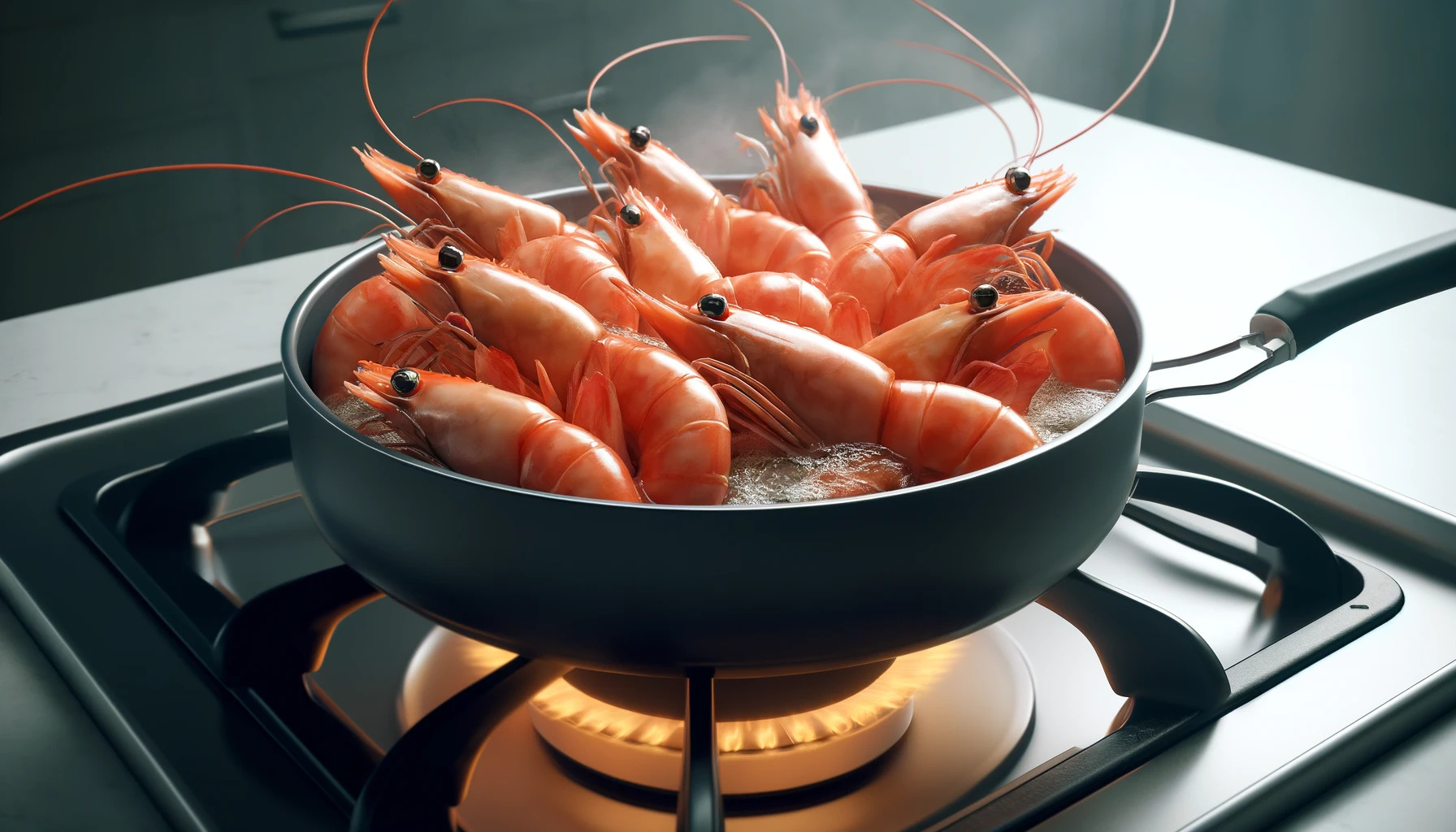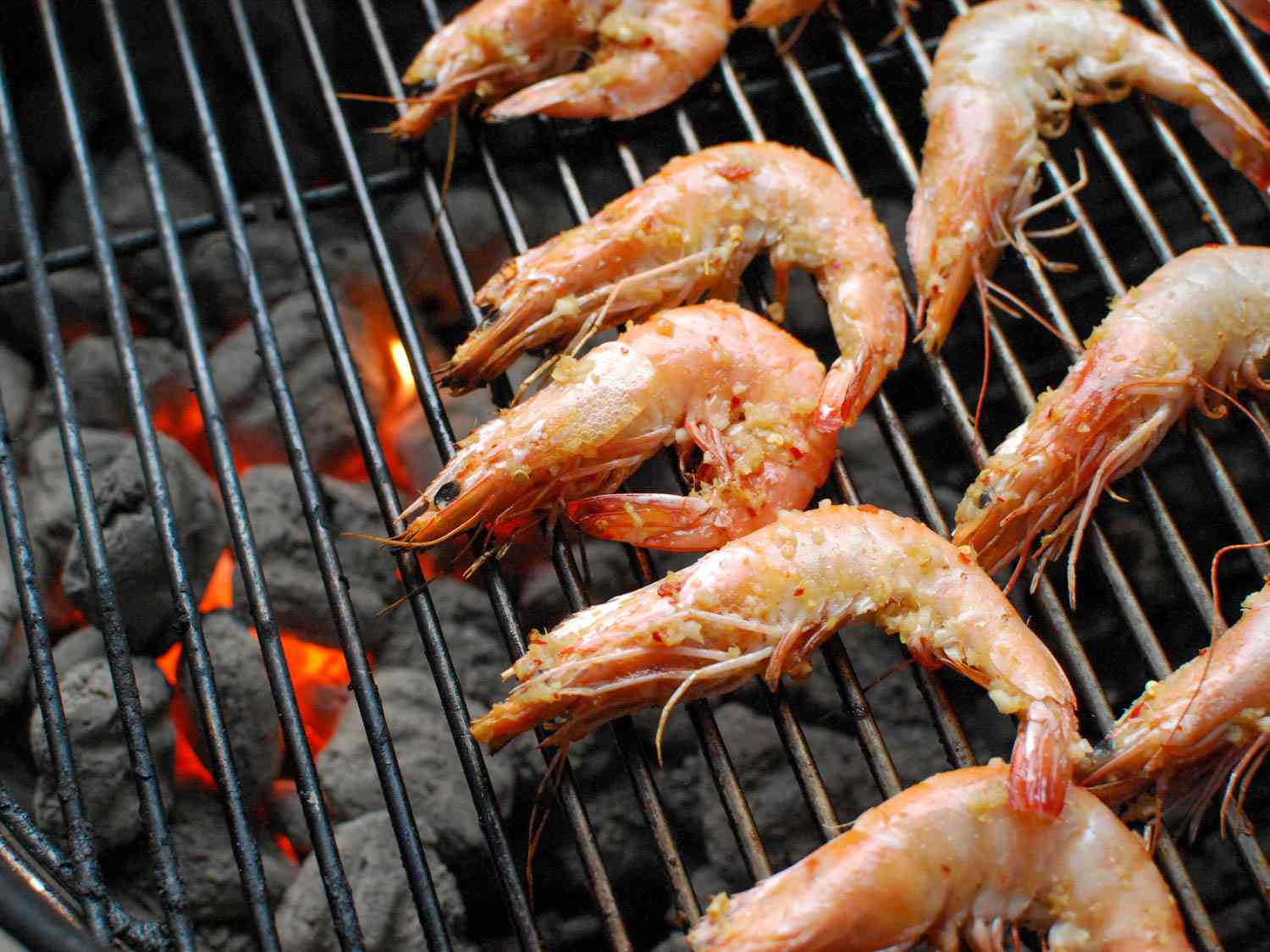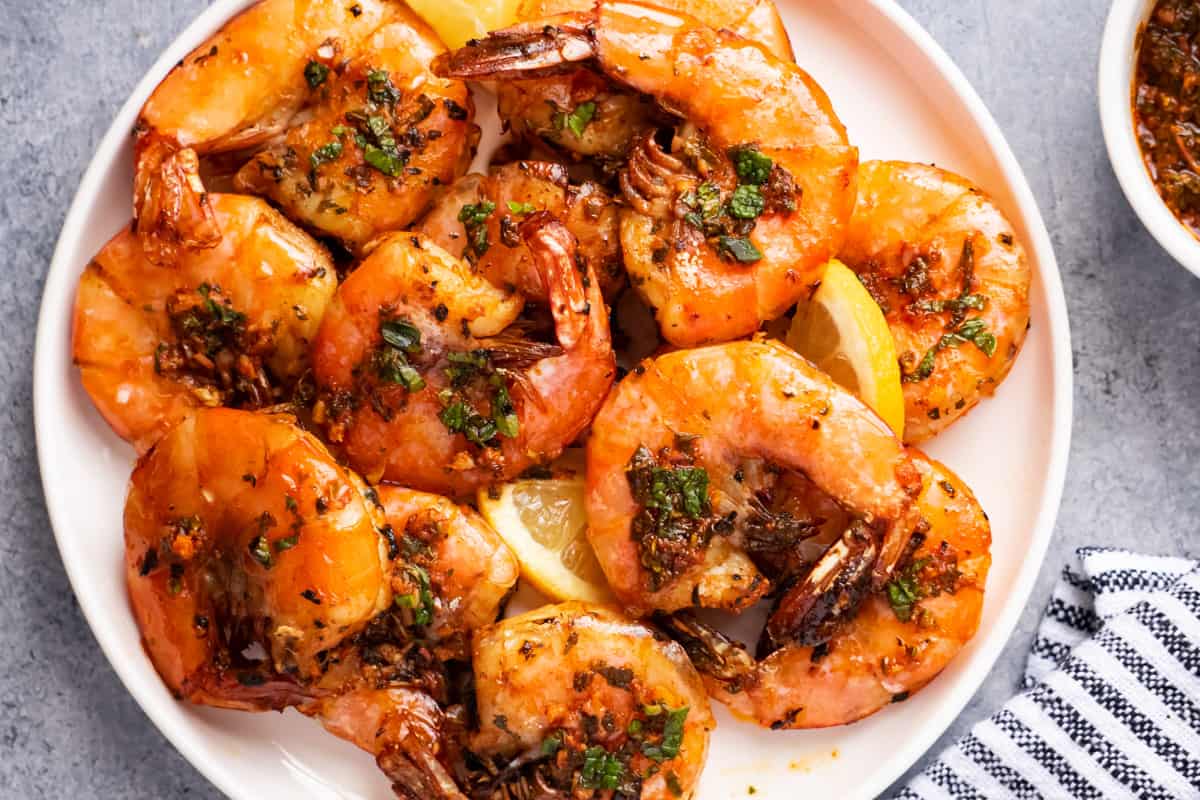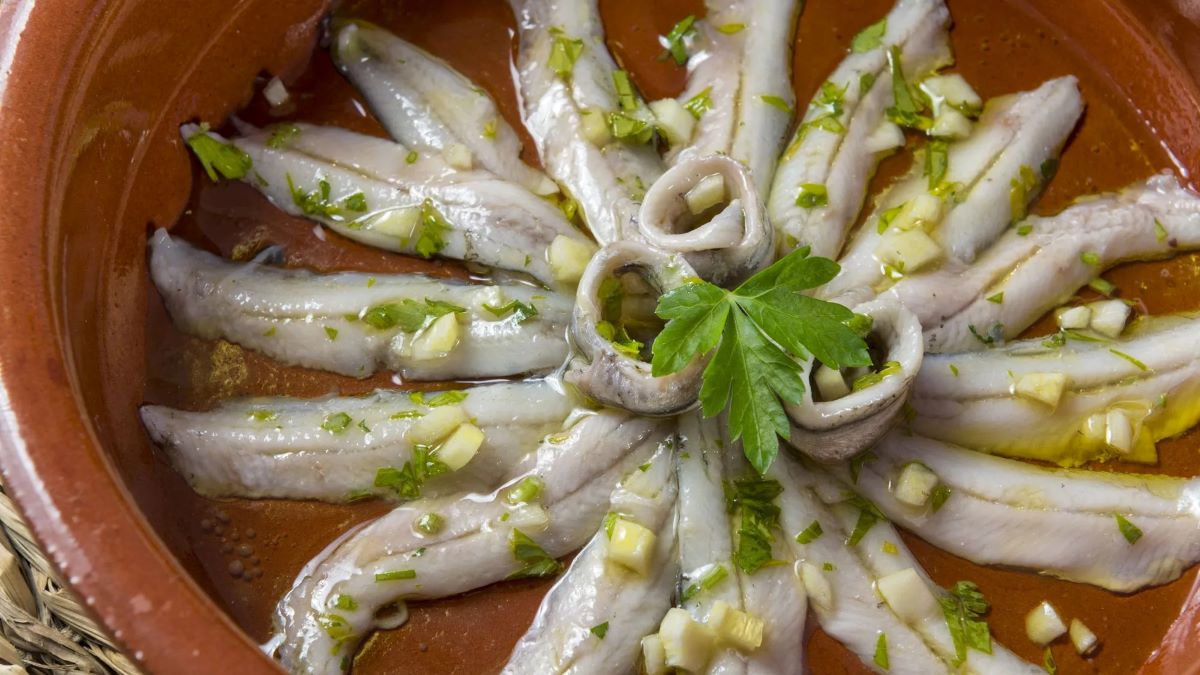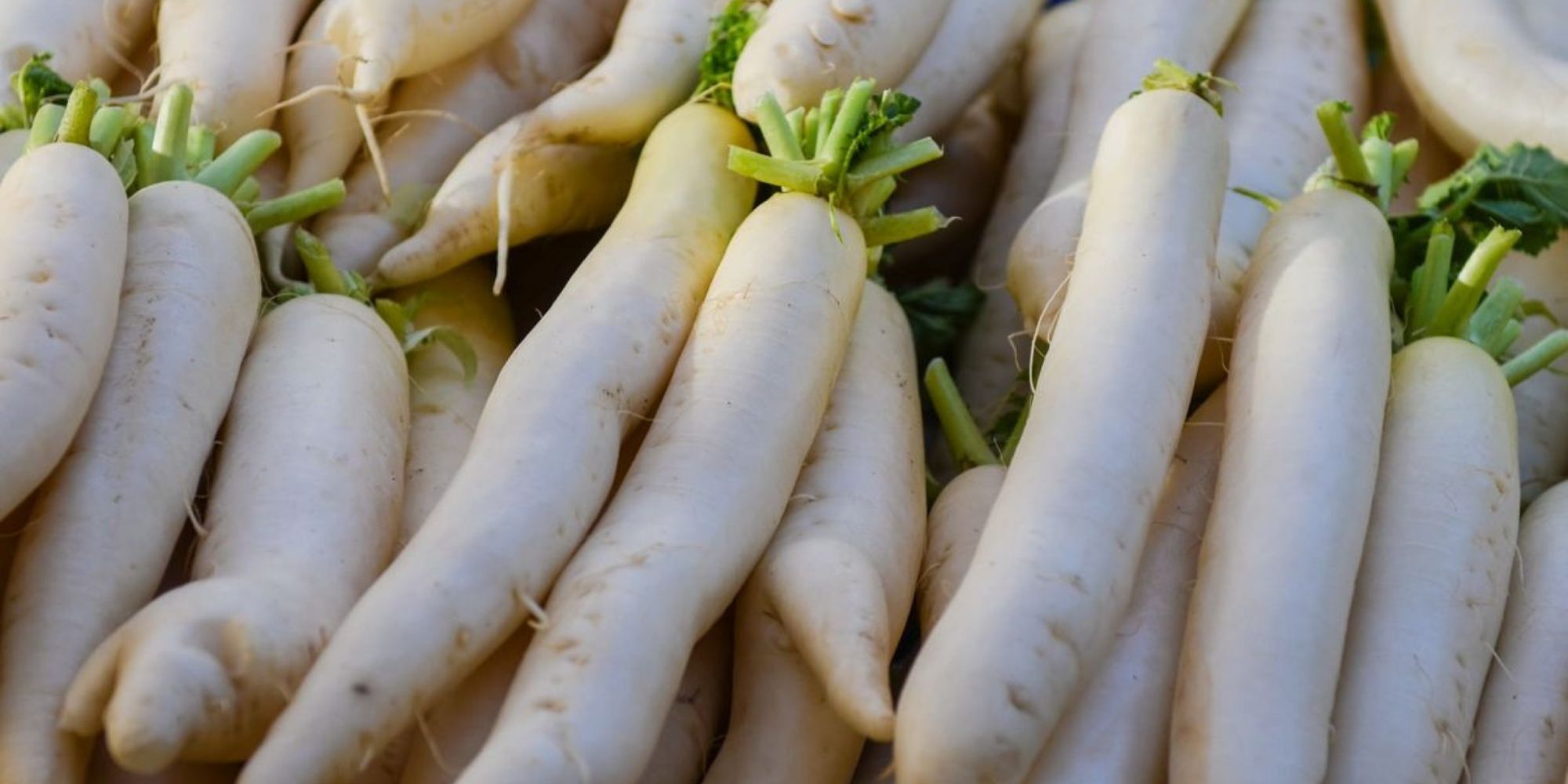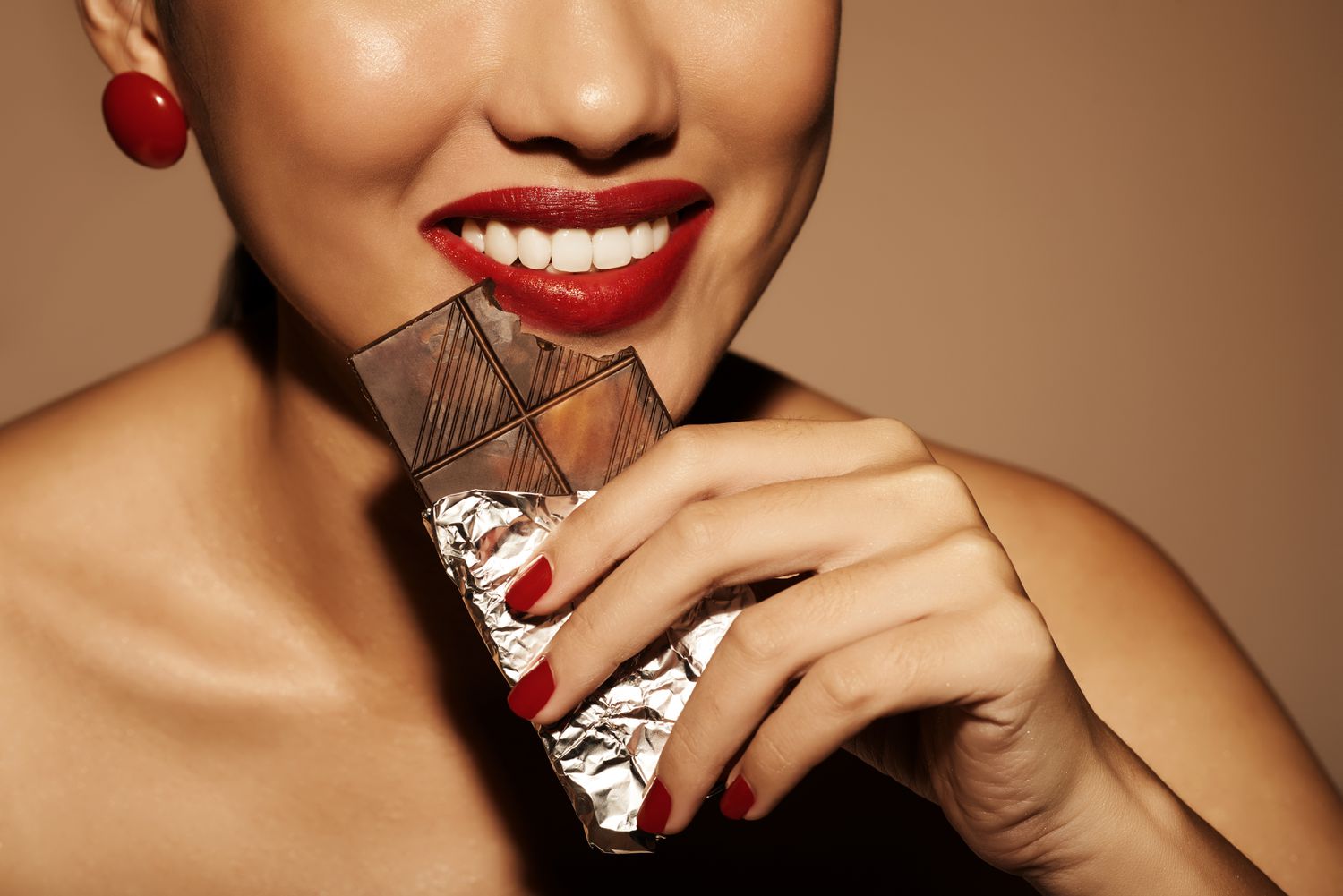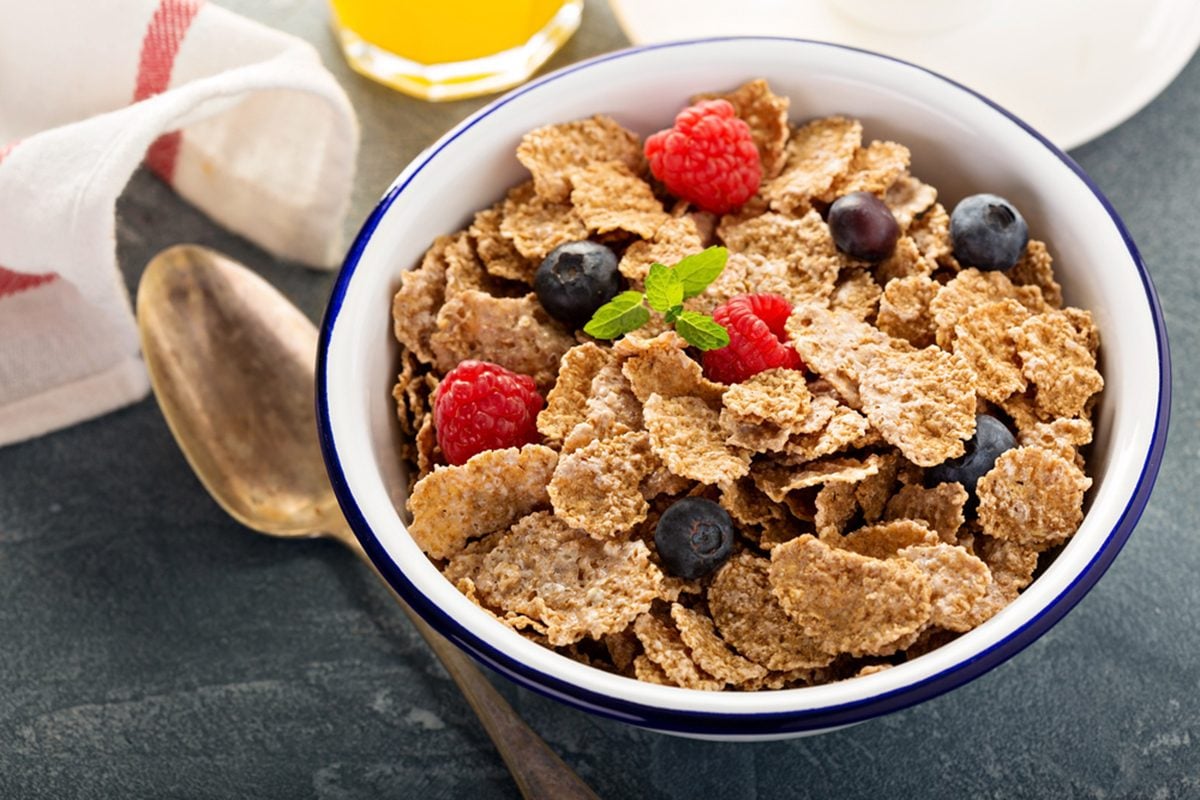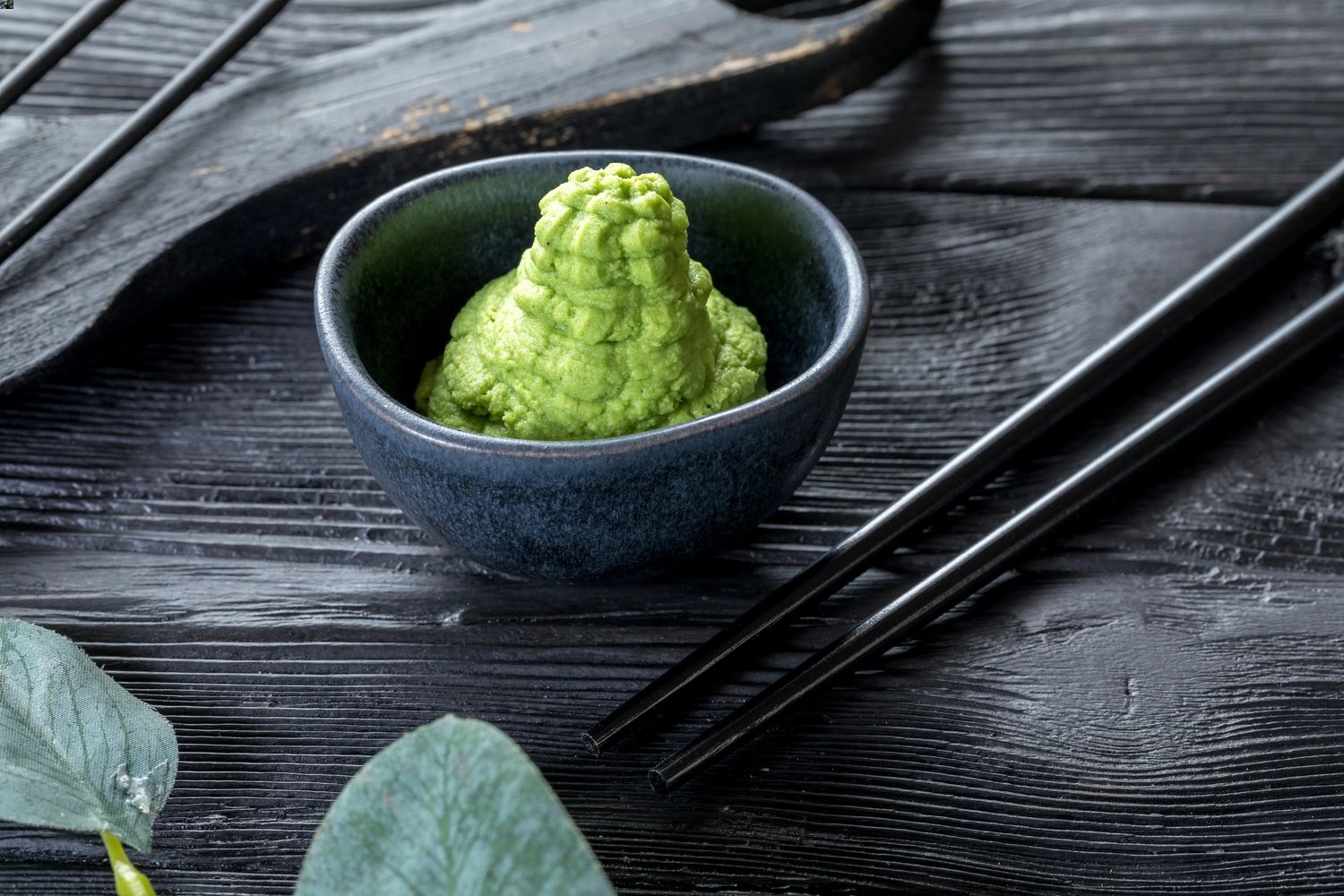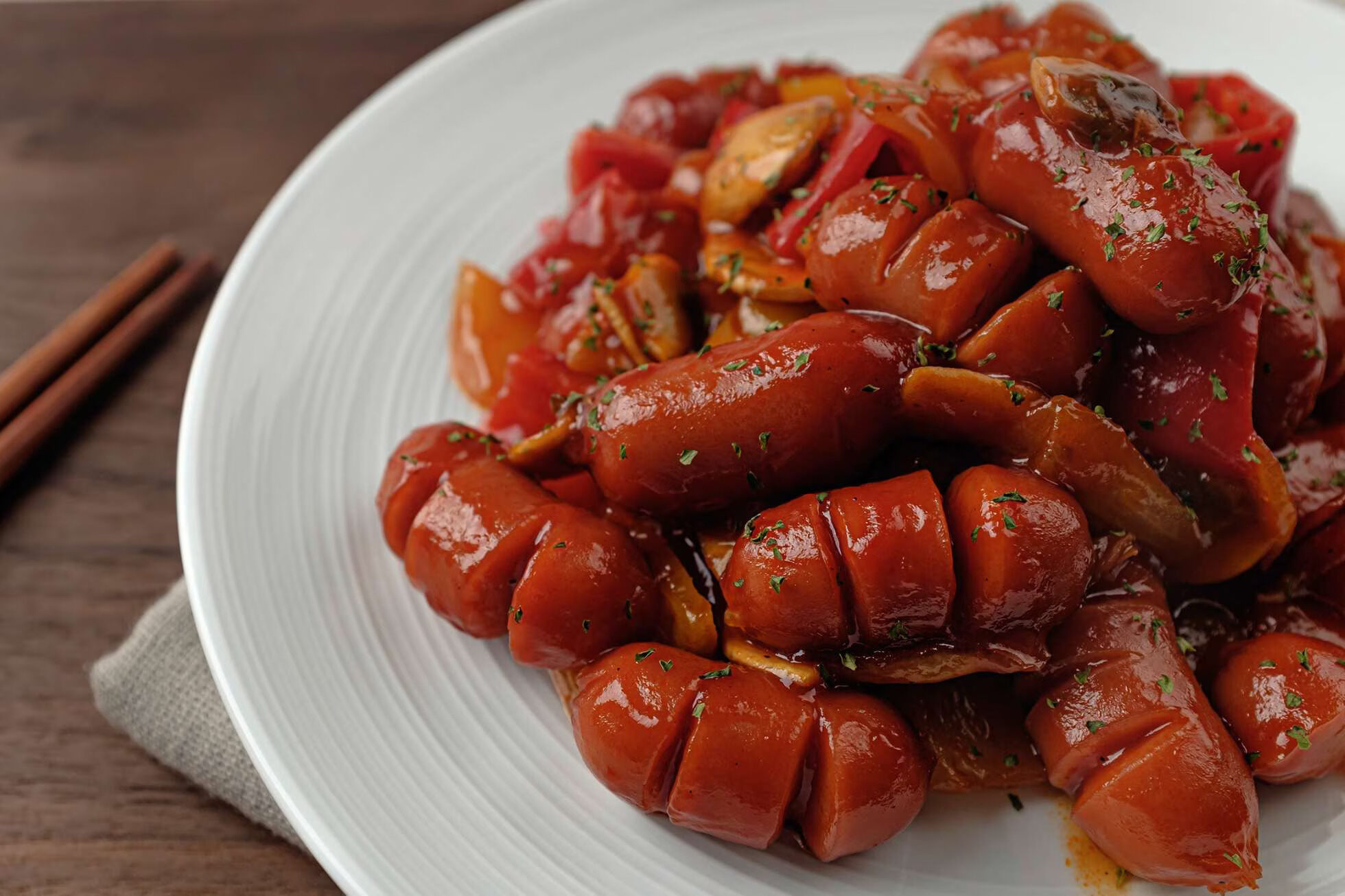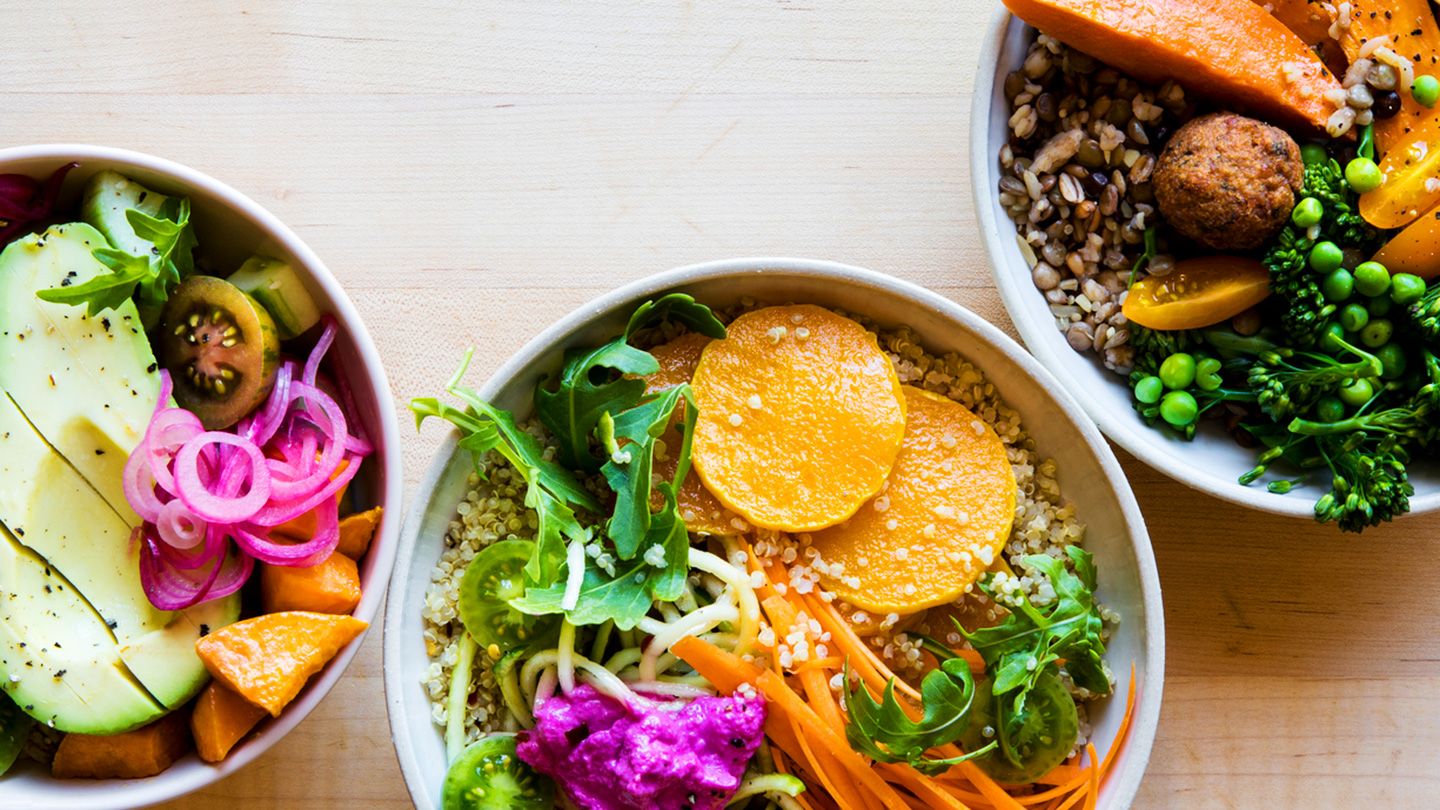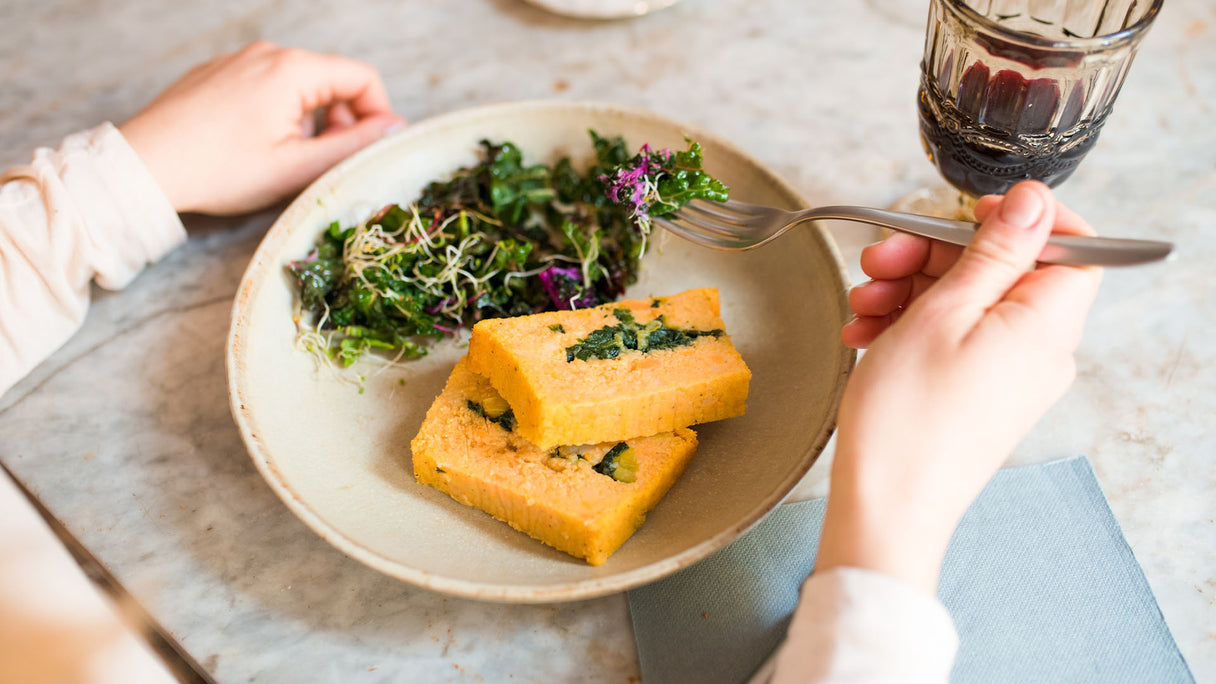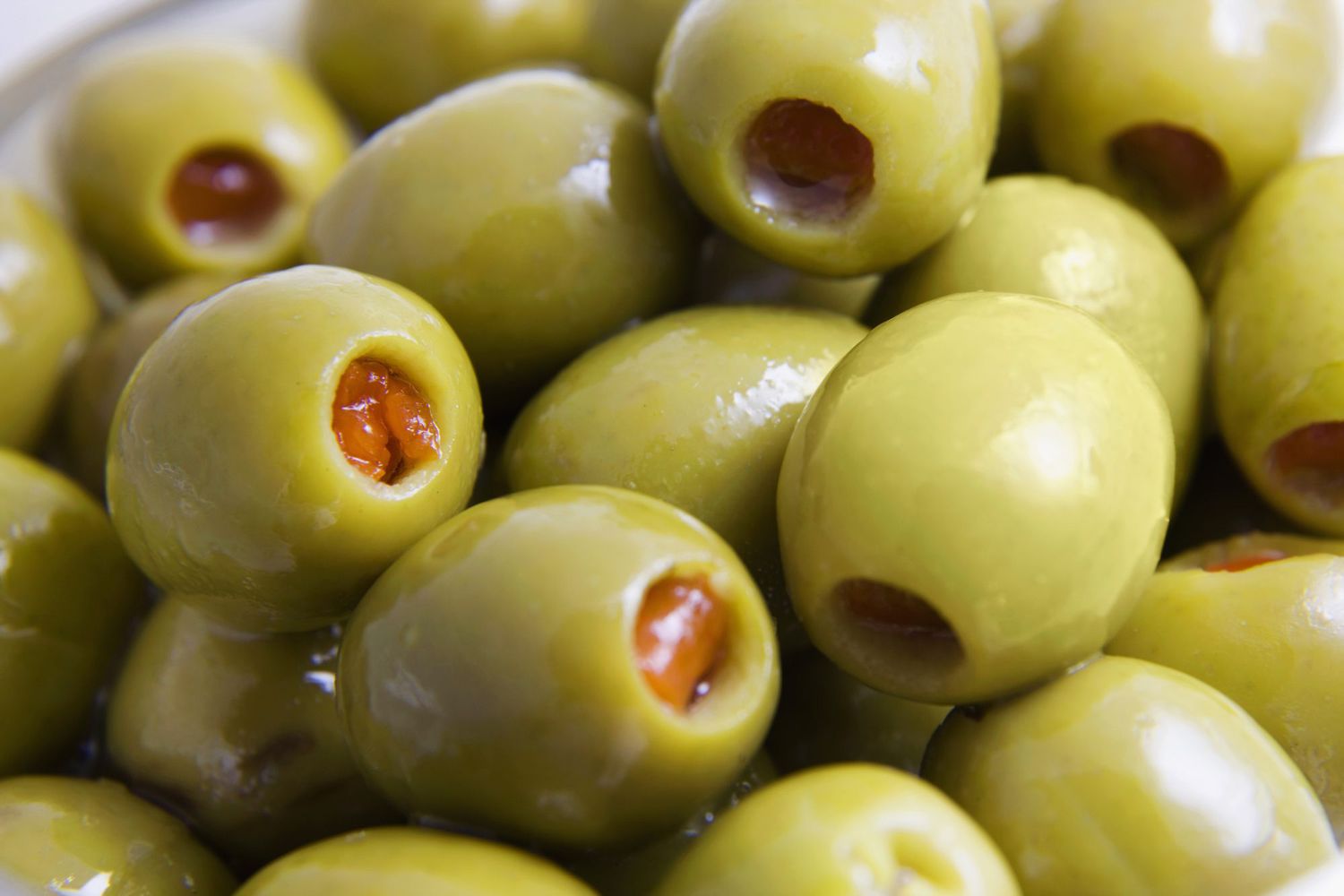How to Enjoy Whole Cooked Shrimp
Whole cooked shrimp can be a delicious and nutritious addition to your diet. Whether you’re a seafood enthusiast or trying shrimp for the first time, knowing how to eat whole cooked shrimp can enhance your dining experience. Here are some tips to help you savor this delectable seafood.
1. Start with Fresh Shrimp
Before you begin, ensure that the shrimp you’re about to eat is fresh and properly cooked. Fresh shrimp should have a mild sea odor and firm, translucent flesh. Avoid shrimp with a strong fishy smell or slimy texture, as these are signs of spoilage.
2. Remove the Shell
Whole cooked shrimp are typically served with the shell on. To enjoy the succulent meat inside, start by removing the shell. You can do this by gently peeling it off, starting from the legs and working your way towards the tail. If the shrimp has been deveined, you may find it easier to remove the shell.
3. Devein the Shrimp (Optional)
While not everyone chooses to devein their shrimp, some prefer to do so for aesthetic or culinary reasons. To devein the shrimp, use a small knife or deveining tool to make a shallow incision along the back of the shrimp. Gently lift out the dark vein and discard it. This step is optional, but it can enhance the appearance and texture of the shrimp.
4. Enjoy with Your Favorite Dipping Sauce
Whole cooked shrimp can be enjoyed on their own or paired with a delicious dipping sauce. Popular options include cocktail sauce, tartar sauce, or a zesty remoulade. Experiment with different flavors to find the perfect accompaniment for your shrimp.
5. Savor the Flavor
Once the shrimp is prepared to your liking, take a moment to savor the flavor. Whole cooked shrimp have a delicate, sweet taste with a slightly firm texture. Chew slowly to fully appreciate the natural sweetness of the shrimp.
6. Explore Different Cooking Methods
While whole cooked shrimp are often boiled or steamed, they can also be grilled, sautéed, or even deep-fried for a unique twist. Each cooking method imparts its own distinct flavor to the shrimp, so don’t be afraid to experiment and find your favorite preparation.
7. Consider the Nutritional Benefits
Whole cooked shrimp are not only delicious but also packed with essential nutrients. They are an excellent source of protein, low in calories, and rich in vitamins and minerals, including vitamin B12, iodine, and selenium. Incorporating whole cooked shrimp into your diet can contribute to a well-rounded and nutritious eating plan.
8. Share the Experience
Enjoying whole cooked shrimp can be a social and communal experience. Whether you’re dining with friends or family, sharing a platter of shrimp can create memorable moments and lively conversations. Encourage others to join in and savor the experience together.
By following these tips, you can elevate your enjoyment of whole cooked shrimp and make the most of this delectable seafood. Whether you prefer them as a standalone dish or as part of a larger meal, whole cooked shrimp are a versatile and flavorful addition to any dining occasion.
